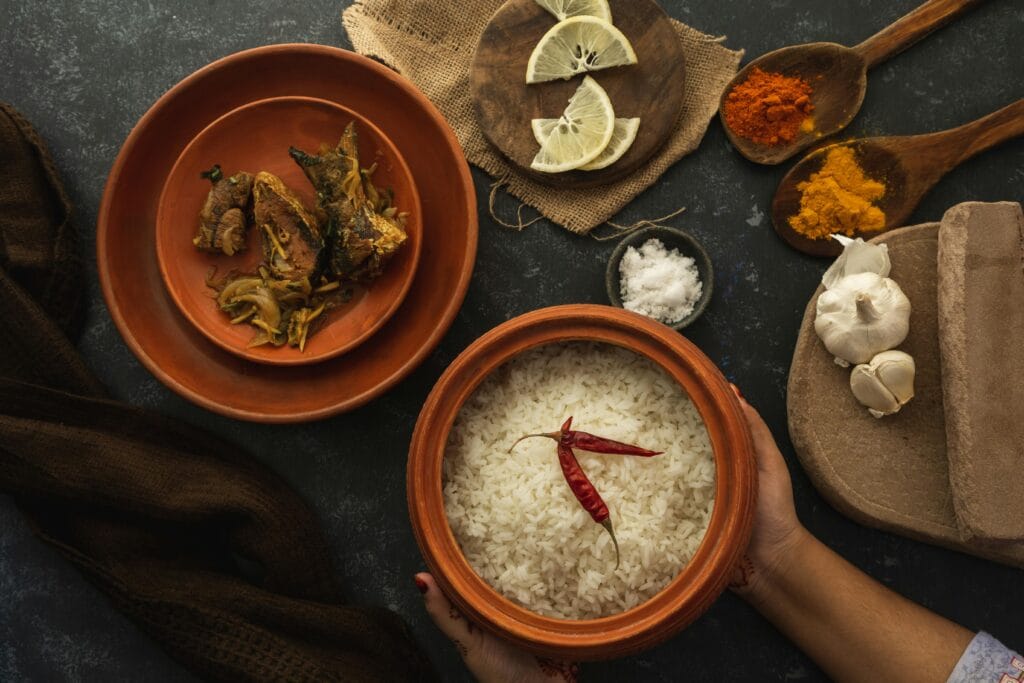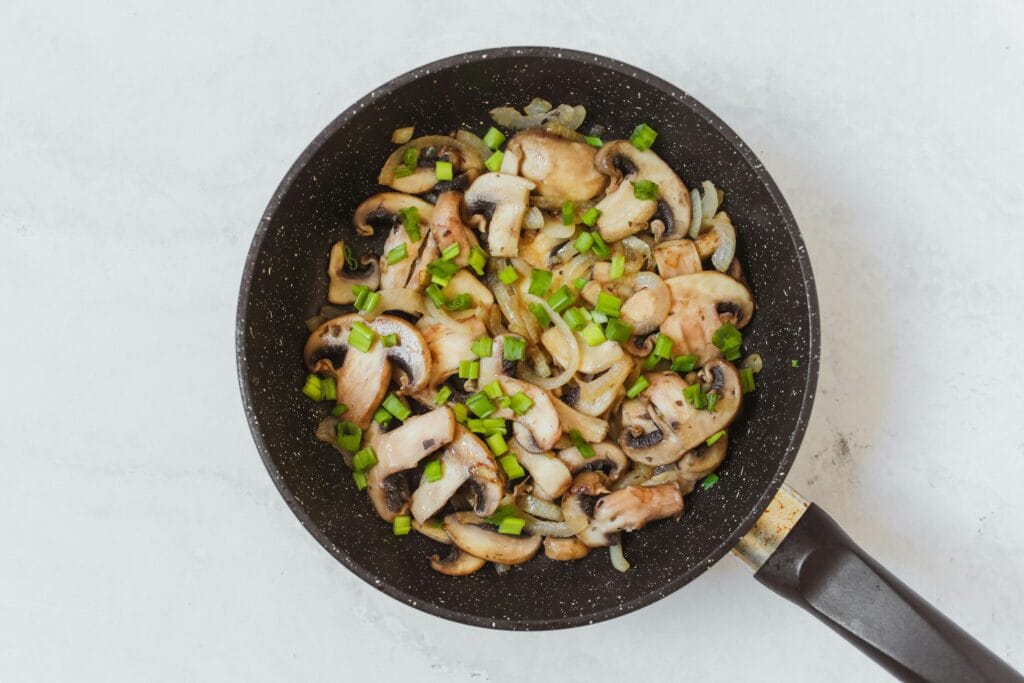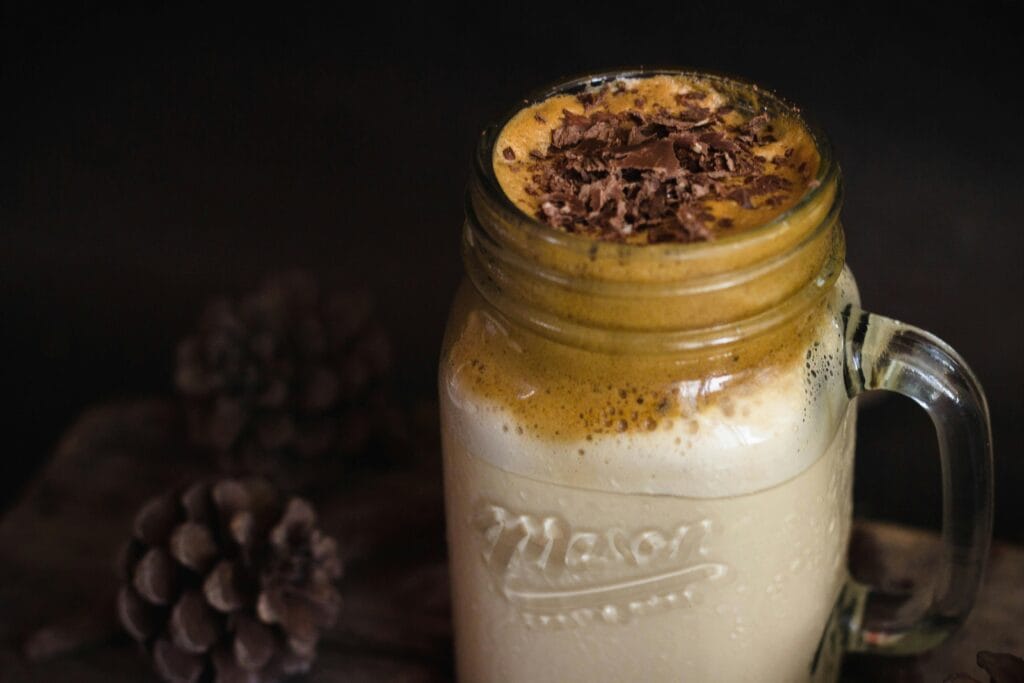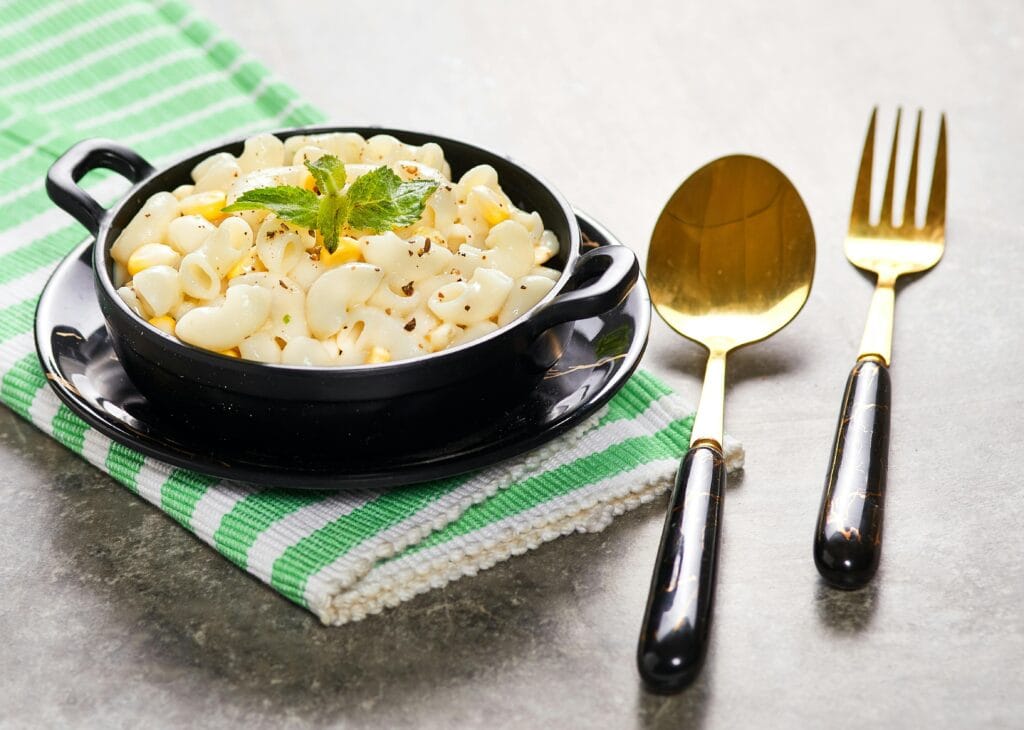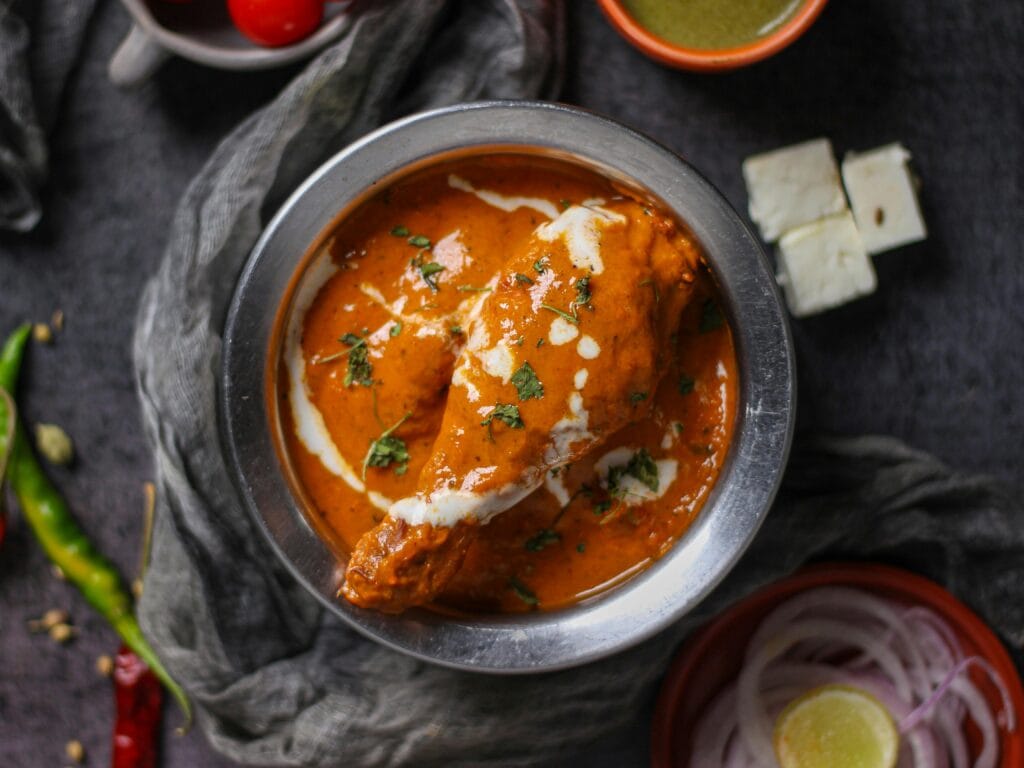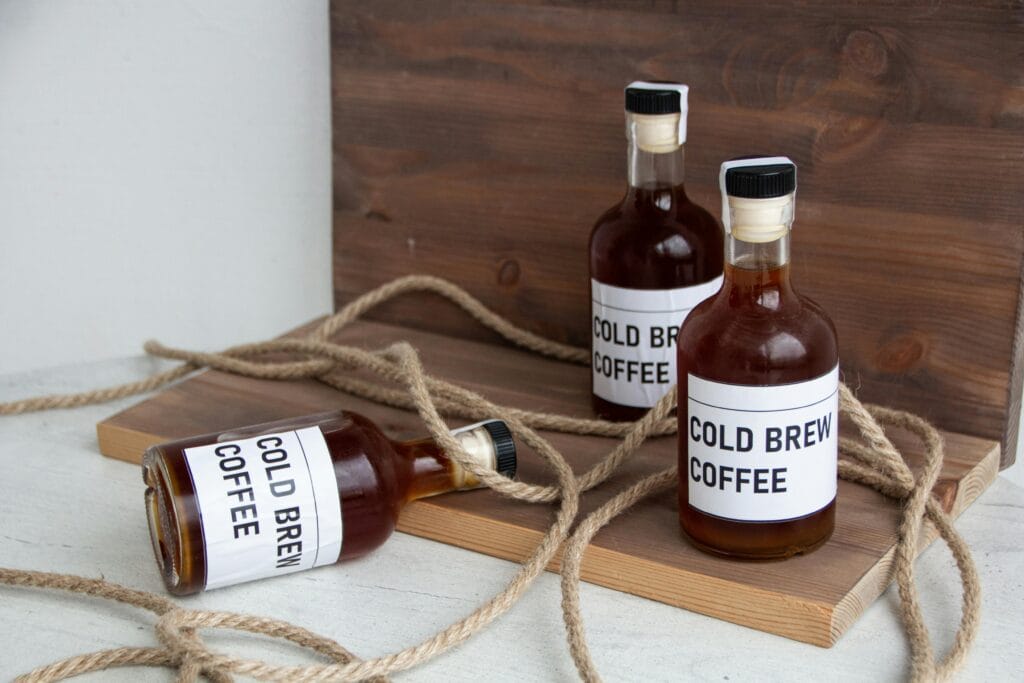🌾 Introduction: The Heart of East Indian Flavor
Bengali cuisine, rooted in the lush landscape of West Bengal and Bangladesh, is one of the most diverse, aromatic, and storied culinary traditions of India. Known for its bold use of mustard, love for freshwater fish, rice staples, and legendary sweets like rosogolla, the food reflects both cultural pride and regional richness.
In this post, we’ll take you on a delicious journey through the spices, dishes, and cooking techniques that define Bengali food culture
🐟 Rice & Fish: The Soul of Bengali Food
In Bengal, a meal often begins and ends with rice (bhaat) — the core of every plate. And fish (maach) is not just food, it’s an emotion.
Iconic Fish Dishes:
Shorshe Ilish – Hilsa cooked in mustard paste
Chingri Malai Curry – Prawns in creamy coconut milk
Macher Jhol – Light, spiced fish curry with vegetables
Bengalis pride themselves on the ability to cook different parts of the same fish in different ways, using ingredients like mustard oil, kalonji (nigella seeds), green chilies, and turmeric.
🌶️ Panch Phoron: The Magic 5-Spice Mix
A signature of Bengali cuisine is panch phoron — a five-spice mix made from:
Cumin
Fennel
Fenugreek
Nigella seeds
Mustard seeds
This aromatic combo is tempered in oil to form the flavorful base of many dishes, from dals to vegetable curries.
🥬 Vegetarian Love: Shukto to Chorchori
While fish is iconic, Bengali vegetarian dishes offer a world of depth.
Shukto – A bittersweet stew of vegetables with poppy seeds and milk
Chorchori – A mixed veg stir-fry with mustard and spices
Labra – A melange of seasonal veggies cooked soft and spiced lightly
These dishes often incorporate bitter gourd (uchhe), raw banana (kacha kola), and ridge gourd (jhinge) — both for taste and Ayurvedic balance.
🍬 Sweets That Speak of the Soil
No culinary tour of Bengal is complete without indulging in its mithai.
Must-Try Bengali Sweets:
Rasgulla / Rosogolla – Spongy cottage cheese balls soaked in syrup
Sandesh – Delicate sweets made from chenna and sugar
Mishti Doi – Sweetened, fermented yogurt served in earthen pots
Chhanar Payesh – A dessert made with milk, paneer, and nuts
Bengalis often end meals with mishti as a symbol of celebration, warmth, and hospitality.—
🍽️ Traditional Bengali Meal Format
A Bengali thali (meal) is served in a specific order:
1. Bitter starter (e.g., shukto)
2. Rice with lentils (moong or masoor dal)
3. Vegetable dishes
4. Fish or meat curry
5. Chutney (often made from tomatoes, raw mango, or tamarind)
6. Sweets and mishti doi
Meals are deeply ritualistic and seasonal, with certain dishes eaten only during festivals or summer months.
🛕 Food and Culture: The Durga Puja Platter
During Durga Puja, Bengali kitchens light up with:
Khichuri – Rice and lentils cooked together, served with fried vegetables
Beguni – Thin slices of eggplant deep fried in chickpea batter
Payesh – A festive rice pudding made with milk, jaggery, and cardamom
Food during festivals is an expression of devotion, tradition, and togetherness.
🌍 Bengali Cuisine Around the World
From the streets of Kolkata to homes in London, Toronto, and Dhaka, Bengali food has become a symbol of diasporic identity. Restaurants around the world now serve:
Bengali thalis
Rolls (kathi kebab rolls)
Mughlai-influenced curries like rezala and kosha mangsho
👨🍳 Want to Try Cooking It Yourself?
Start simple:
Fry eggplant with turmeric and salt — classic begun bhaja
Try aloo posto — potato with poppy seed paste
Or brew cha (tea) with milk and cardamom — every Bengali’s comfort cup
📌 Final Thoughts
Bengali cuisine is not just about ingredients — it’s about memory, storytelling, and identity. Whether it’s a family fish recipe or a festival dessert, each dish speaks volumes of the region’s history, resilience, and refinement.
